A Powerful One Stop Digital Twin Platform

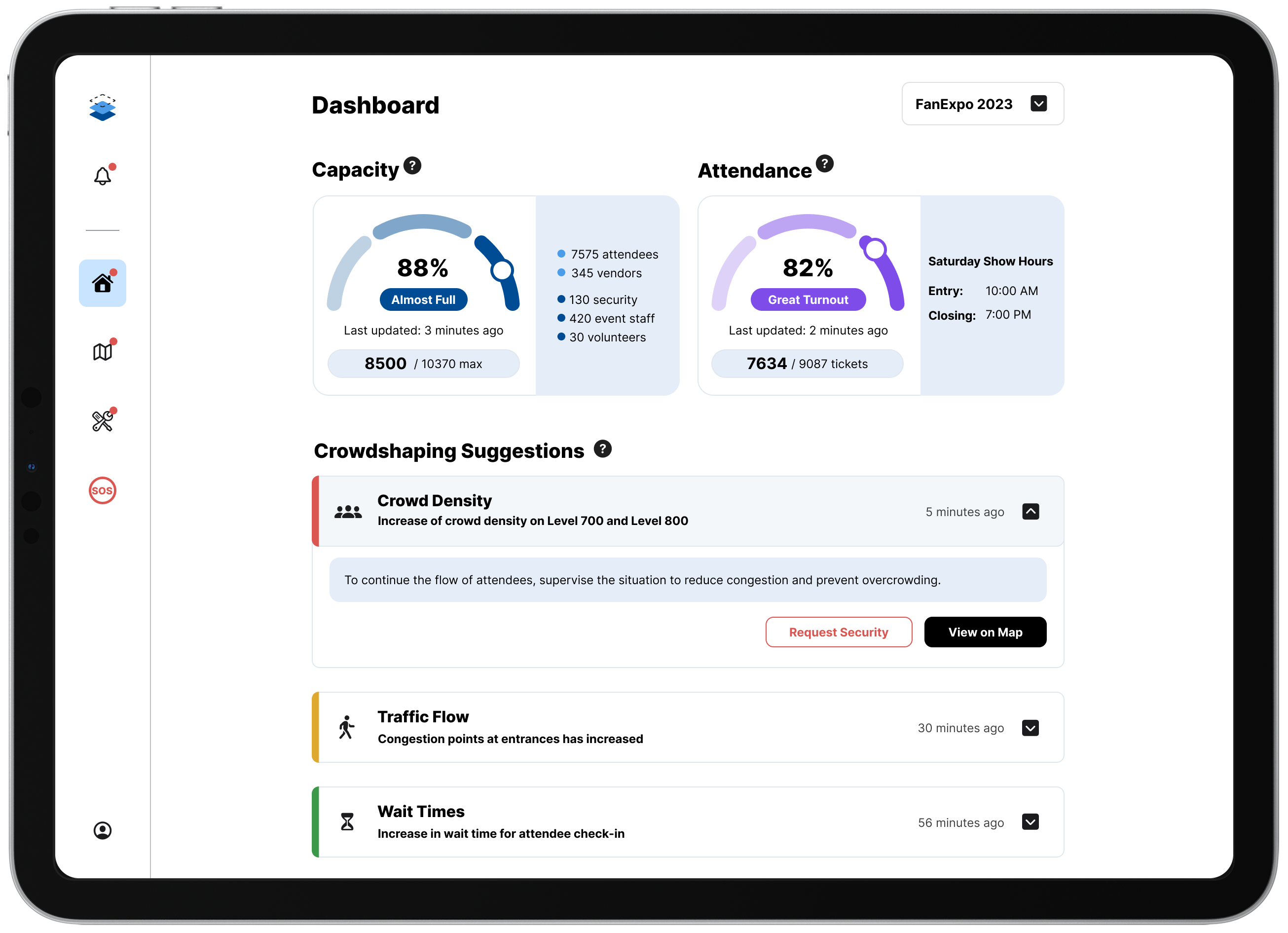





Built for planners, designed for chaos. ViVe helps you predict, prevent, and respond to what matters most.
A 3D Map You’ll Actually Use
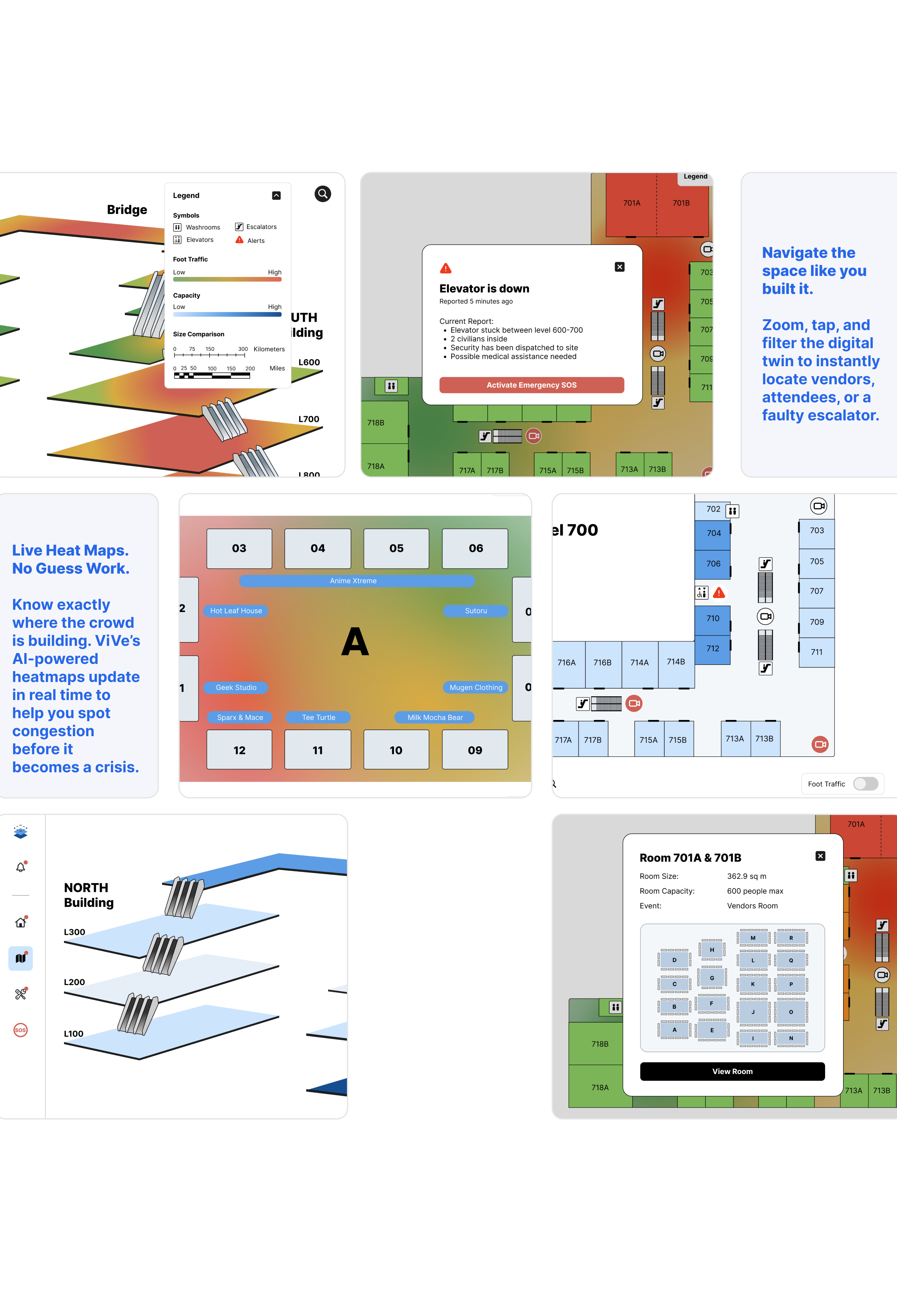


SOS Mode That Actually Helps
One tap. Autofill alert. Help on the way.
ViVe’s emergency system notifies responders instantly and shows attendees what to do in seconds.
Built-In AI. Built for Real Life.
ViVe learns from previous events and current conditions to recommend smarter layouts, safer flows, and fewer surprises.

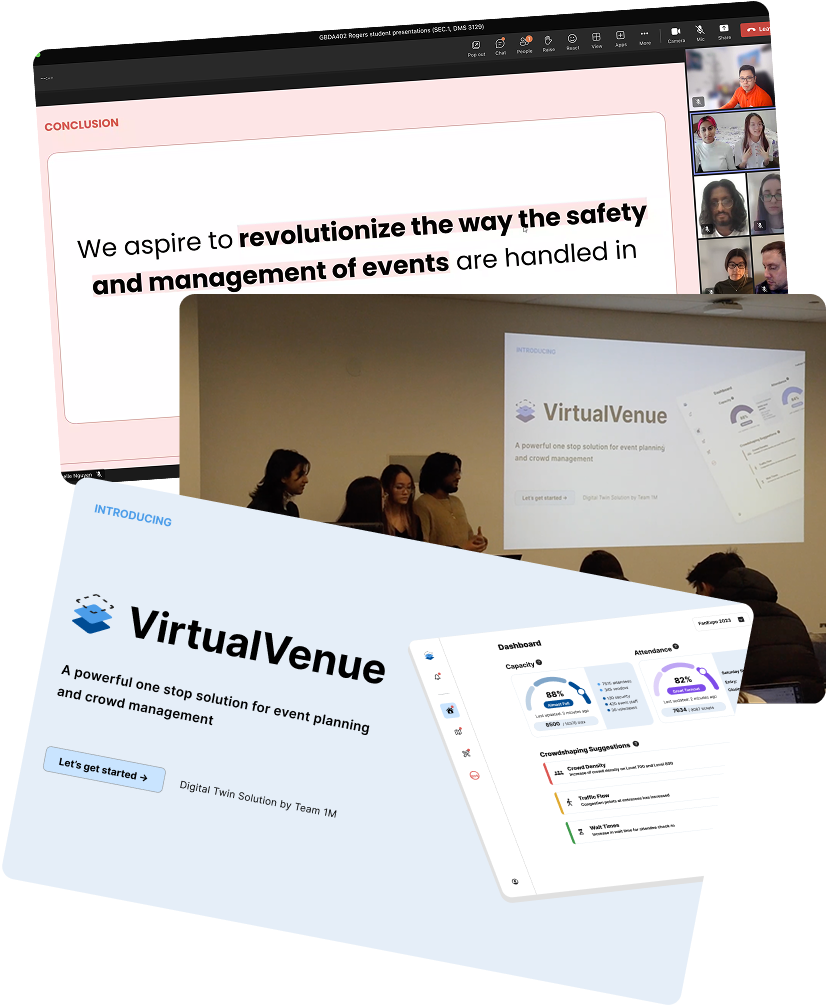











“Time is the most precious asset for event planners. In the absence of integrated tools, managing uncertainty becomes a source of constant stress.”
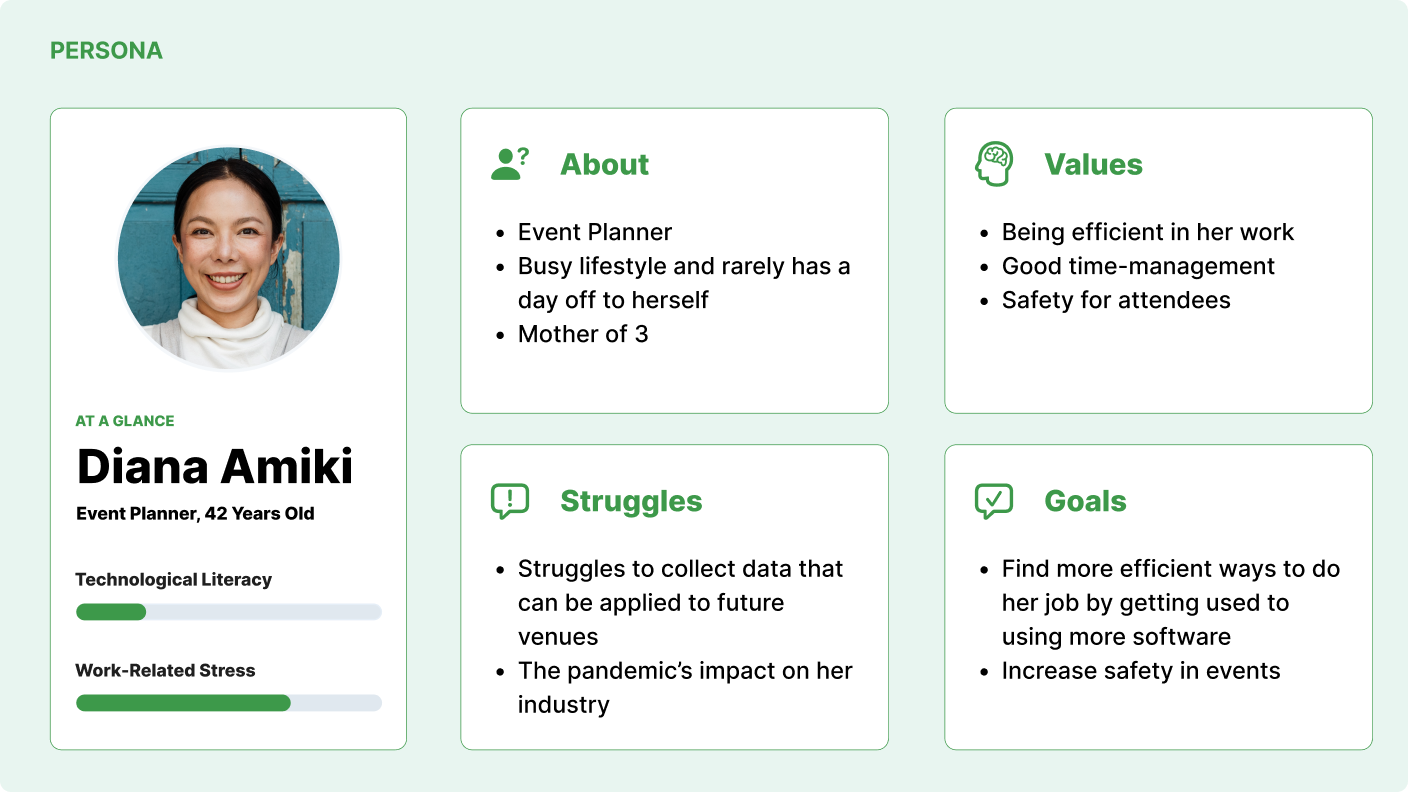
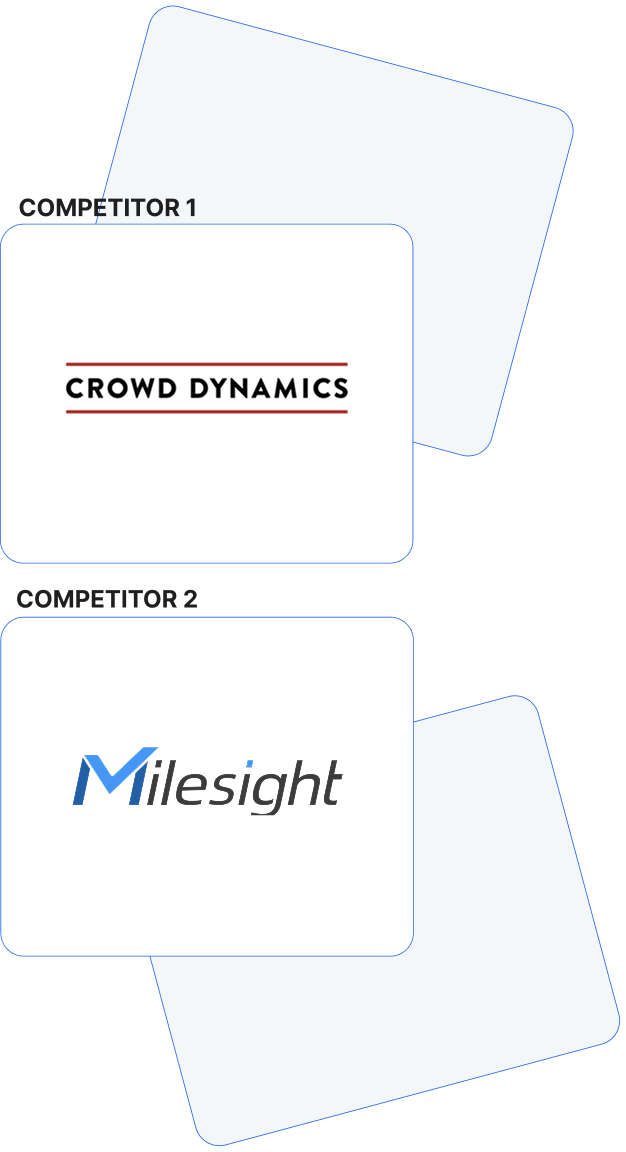








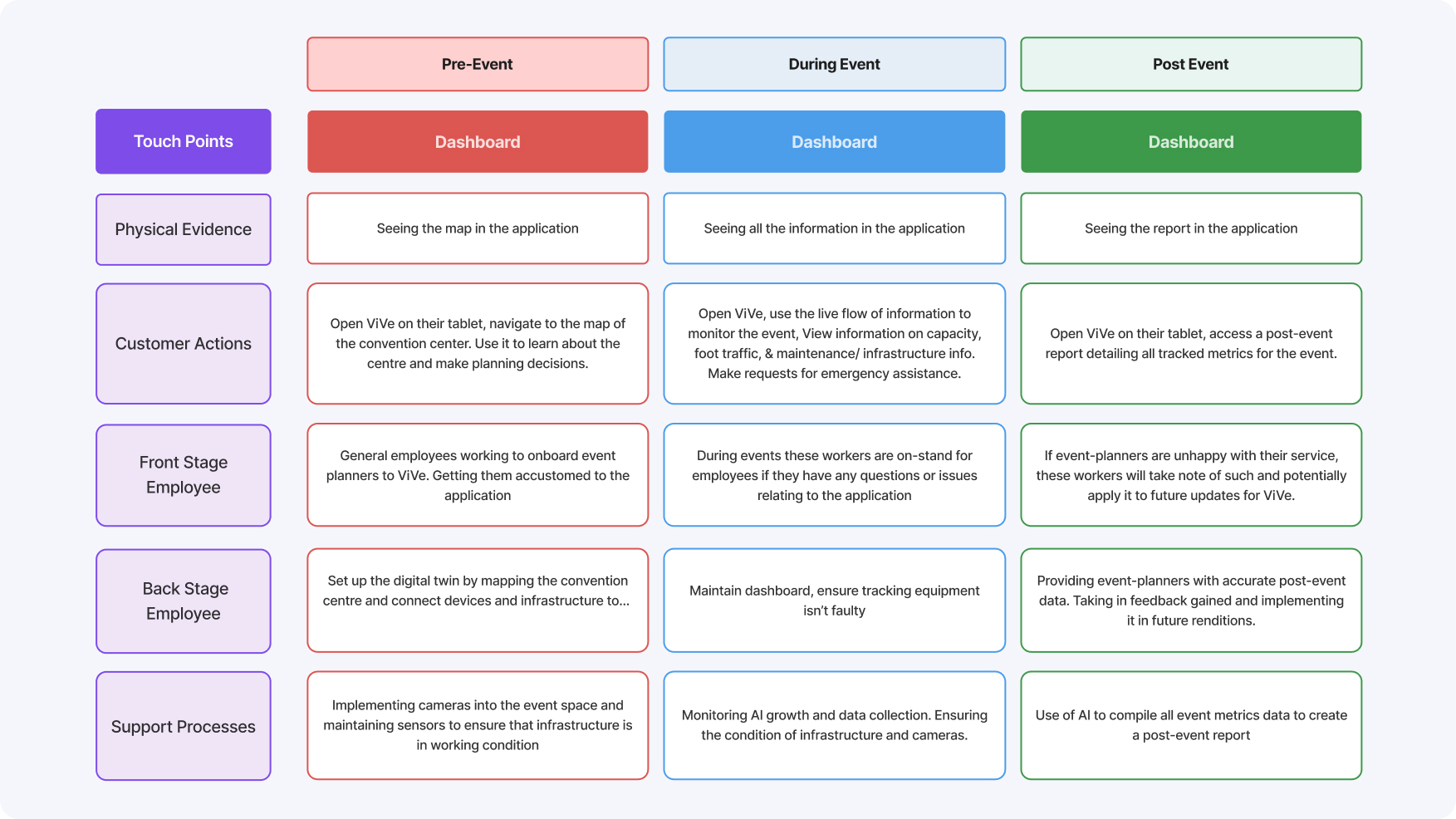


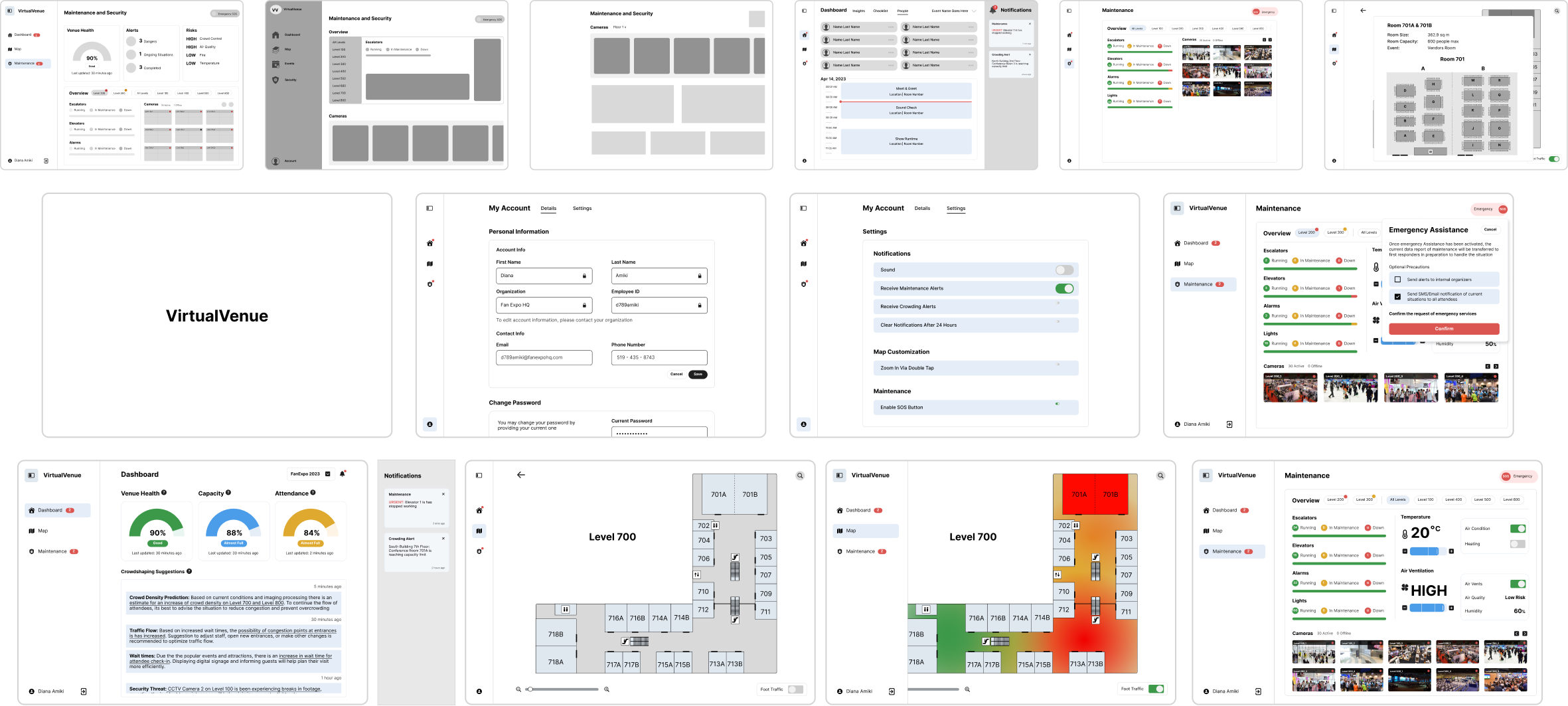




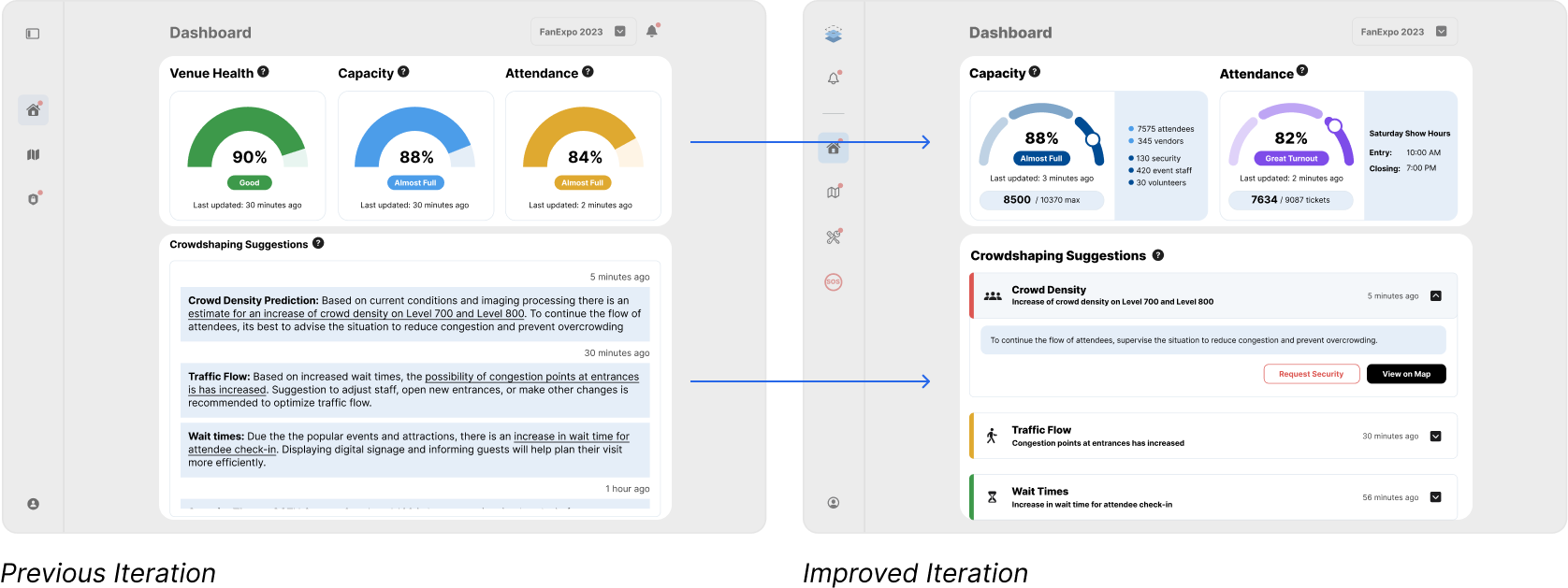
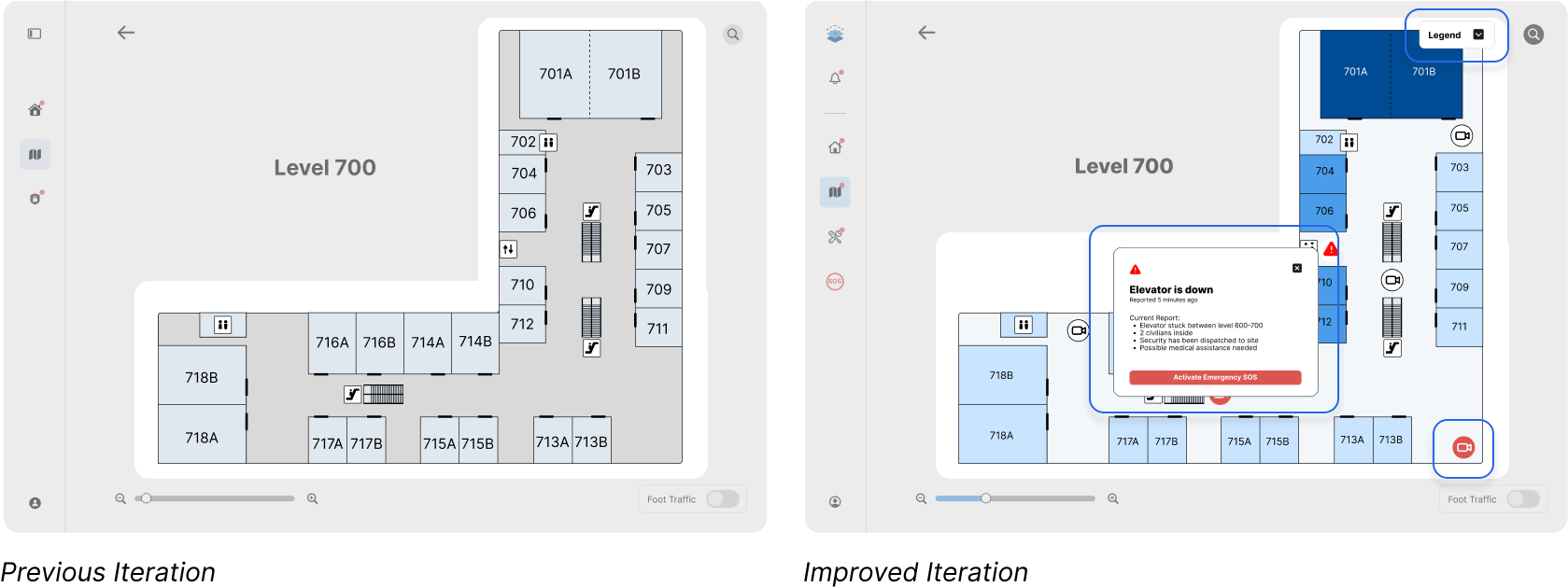





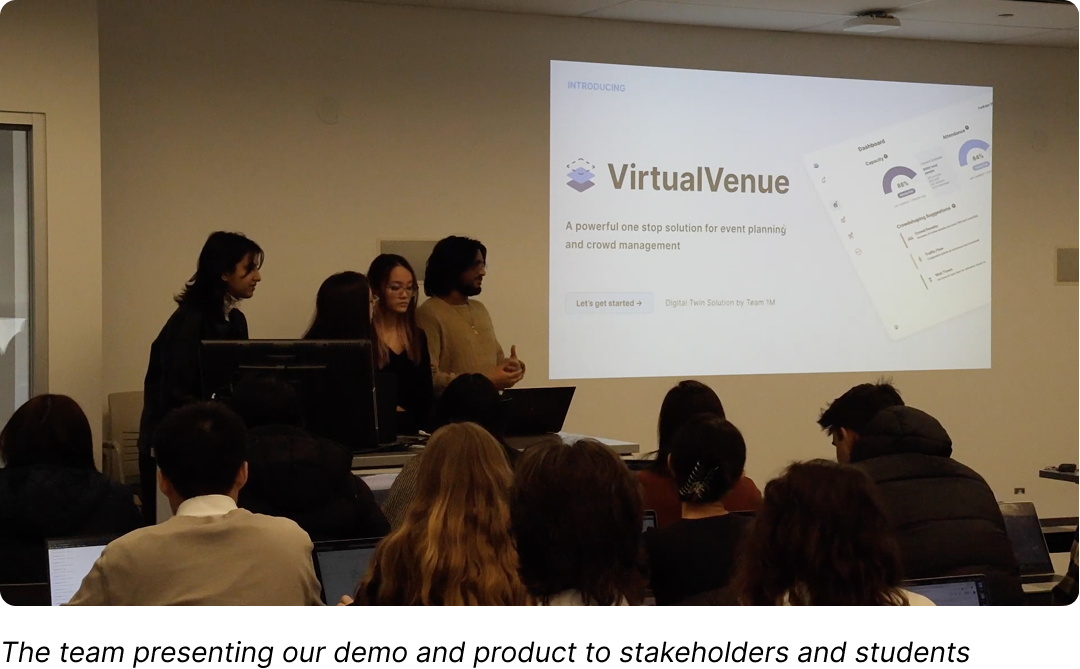
“An innovative and relevant solution. Your walkthrough made it easy to understand how the platform works and why it matters.” – Rogers Stakeholder
“Great UI clarity and detail. You clearly solved a complex issue with a focused tool.” – Faculty Advisor
“Easy to understand walkthrough of your UI. Great use of persona-driven storytelling.” – Leah (Professor)
“Great use of small animations in your demo. It really helped bring the prototype to life.” – Scott (Professor)


